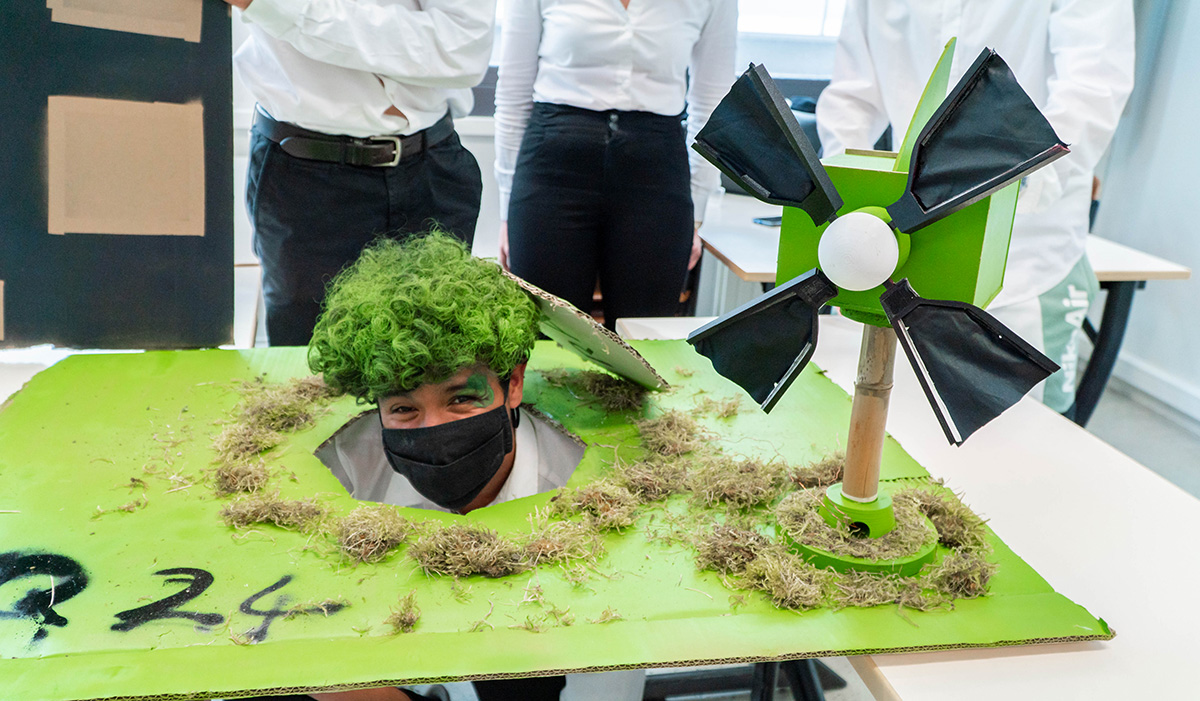Imagination and creativity have brought us transportation, energy, and so many things we sometimes take for granted. So why do we rarely correlate these traits with engineers who turn, on a daily basis, constraints into creative and innovative opportunities?
Every new idea, whether it’s a small product or a big project, has a team of engineers behind it, creating, researching and designing in a way that impacts our lives without even realizing it.
They’re Not Engineers… They’re Creative Problem Solvers
Facing so many environmental, technological, and economical constraints, engineers rely on their ability to turn any limitation into an opportunity. For them, and especially young engineers of today, they see problems as a means that provides focus and a creative challenge that motivates them to search for and connect information from different sources to generate novel ideas for new products, services, processes, and most importantly, solutions. They see it as the foundation of their creativity and a chance to lead their team in the right direction.
So how can YOU develop the Engineering Mindset?
Understand Your Role
Fueled by the passion to solve problems, engineers thrive in teams as they leverage each other’s expertise and join forces for the greater good. With so many issues in the world, you can start developing the engineer’s mindset by asking these two simple questions:
- What problem matters to my values, to tackle it first?
- What can I do to solve it?
It doesn’t matter if you haven’t graduated yet, if you are solving problems by getting together and building solutions for hundreds and thousands of people to use, that’s true engineering!
A perfect example is the projects developed by ESiLV students early on in their academic journey.
By working as a team, they are coming up with creative and innovative ideas that are solutions to big problems facing our communities and the world in general.
Find Structure When It’s Not So Obvious…
And that starts by asking the right questions in a logical matter:
- What are you trying to achieve?
- What are the limits of your current approach?
- What’s new in it?
- How is it going to be successful?
- Who will it impact?
According to the royal academy of engineering, systems thinking should be one of the engineer’s habits of mind. Engineers should try to see the bigger picture of the system. They must note down the various aspects of its elements and their inter-dependencies. In this way, engineers will have a more clear solution to the problems.
Evolve Your Curiosity
An engineer should not leave any thought in his mind by saying, “it is what it is”. Never settle. Sometimes you have to dismember the structure previously mentioned into parts and understand the architecture of its components and decipher how it’s affecting the world the way it does. Repeating the thought of “what you can do to make things better” will help any engineer in training their brains into thinking differently and exploring a new direction that might have never been used before, also known as “the road less traveled”.
Get up, try again and make things happen!
Keep Learning…
Lifelong learning can be done in so many different ways, not only academically.
It can be through…
- Self-directed learning: follows your own schedule, your own selection of online courses or seminars and workshops for instance.
- Professional learning: linked to your current job position through on-the-job training, networking, or collaborative projects with other departments.
Or perhaps…
- Formal education takes place in a formal setting such as seeking a college degree or professional certification courses. Either way, it’s important to pick the right one.
ESiLV engineering school in Paris offers an innovative and transversal teaching approach that develops the operational and social skills of future leading engineers.
Studying at ESILV is the equivalent of gaining hands-on experience and opening up to different cultures, ways of thinking, and personalities.
And because human qualities are fundamental, ESiLV develops a process of the cultural and social opening through humanist projects as much as teaching projects.
Everything is done to enable our students to develop their personality and their ability around common values.
In fact, its teaching approach combines the self-directed learning and professional learning aforementioned. Hitting the trifecta! How?
The project-based teaching method at the graduate level is where the magic happens.
Throughout the syllabus and on a proposal from the school’s partner companies, the students develop in small groups some projects on a concrete issue in the field of computer science and digital sciences, of financial engineering, computational mechanics, modeling, and new energies.
That’s how an engineering mindset is born. Are you ready to turn constraints into creative solutions?







